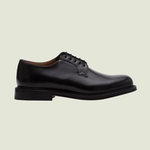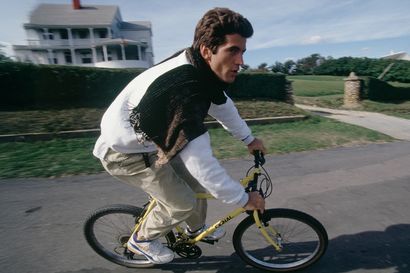Why Goodyear Welted shoes will forever be a smart investment
Goodyear Welted shoes come at a price. But are they actually worth it?
It was during the 1860s that Charles Goodyear made a name for himself. The American shoemaker began work on a new, revolutionary machine that made it possible to produce high-quality welted footwear at scale, rather than rely on the handcraft of factory workers. It was a novel moment. It meant that everyone who wanted it had access to good quality shoes, and the Goodyear Welt Construction method became the new standard in boots and shoes. People were after shoes that could last, and Goodyear made that a possibility.
That being said, the Goodyear Welt method, which comprises sewing a strip of leather (known as the 'welt') around the bottom of the upper and insole and folding it, and cementing the sole of a shoe, fell out of favour. It enjoyed huge popularity through the mid 20th century, in both everyday wear by your Average Joe and guys in combat during the world wars, but it lost favour when cheaper footwear alternatives became available.
Today Goodyear Welted soles appear on very few shoes in the world, making up around just one per cent of all soles in the business of shoemaking. That's a minuscule amount in the grand scheme of things. And we get it. Goodyear Welted soles take time and precision to create. It has become somewhat of a luxury to have a Goodyear Welted shoe construction, and it comes at a price. "The manufacture of high quality Goodyear welted shoes remains very labour-intensive, requiring a highly skilled workforce to carry out more than 200 separate operations during an 8 week period," says James Fox, Brand Director at Crockett & Jones. "This method, originated by hand-makers centuries ago, gives the shoes an exceptional degree of strength, durability and comfort in wear.
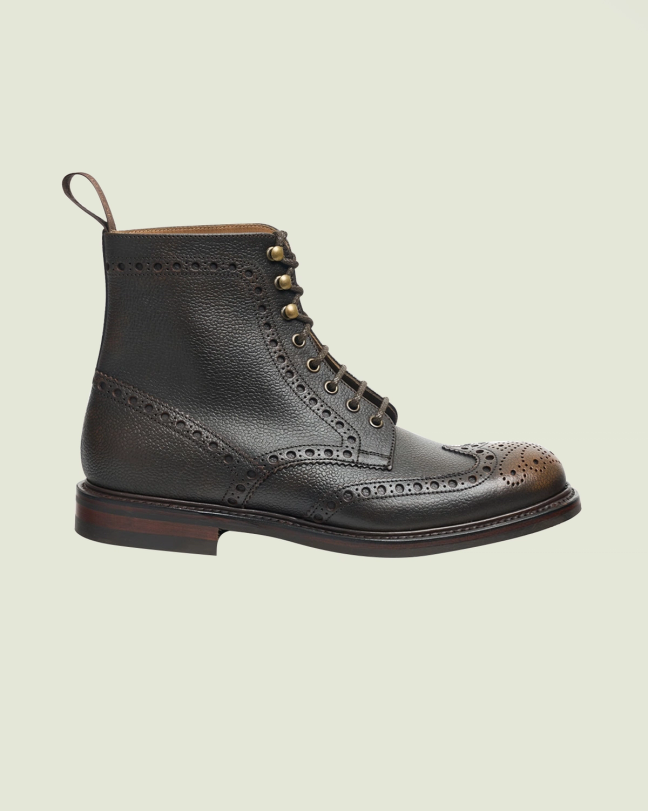
Brands like Cheaney, Church's and Crockett & Jones are all for it, and most of their styles use Goodyear Welted soles. Loake, Oliver Sweeney, Jones the Bootmaker and Herring are also among the few, but highly respectable, brands that continue to use the Goodyear method to create their footwear. Some more contemporary labels are also doing it now, such as Scandi label Our Legacy. "Our Goodyear Welted construction stands as the prime investment for your wardrobe, ensuring your shoes become companions for years to come," says David Benbow, Design Manager at Cheaney. "Among the world's finest, English footwear methods are renowned for their resilience against the elements, particularly the challenges posed by British weather."
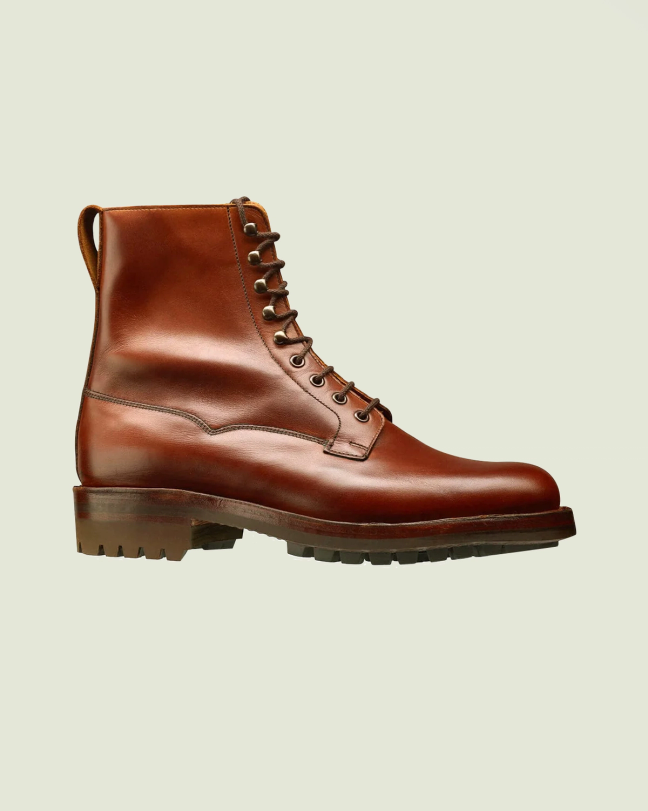
Goodyear Welted shoes are more durable than the simple styles you'll find in high street giants, and they will certainly stand the wear and tear of everyday life. These aren't throwaway shoes. Take for instance Cheaney's Greyfriars Derby Brogue boots, which come with sturdy leather uppers and a Goodywear welted rubber sole and heel underfoot. These are built to last, be repaired and worn again and again. Or a pair of a Church's Shannon Derbies. These are exemplary of artisanal expertise and are crafted from a single piece of leather which requires the highest quality hide, and come with a Goodyear construction with a storm welt. They're waterproof, strong and will likely last a lifetime.
And investing in Goodyear Welted shoes is better for the planet. "One of the benefits of owning a pair of Goodyear welted shoes is that you can have them re-soled without damaging the uppers, thereby prolonging their lifespan," says Fox. "Choosing materials and colourways that stand the test of time means that your Coniston Derby boots in Tan Scotch Grain, purchased in the mid-90s, remains as relevant today as they were when they left our factory."
Benbow agrees. "At the heart of our sustainability efforts lies our core practice: the refurbishment service," he says. "This is made possible by the Goodyear welted construction and quality materials used in the original manufacturing process". Through a refurbishment service, Cheaney can seamlessly remove worn-out soles and heels, reconstructing them to their original specifications. That's because of the Goodyear Welt construction, and isn't easily done (if at all possible) with other shoes. The Goodyear way allows a pair to be resoled multiple times without damaging the upper. "With proper care, our shoes offer up to three lifetimes of wear, a significant change from the disposable norm where shoes are discarded once the soles wear thin. With a rotation of Goodyear welted shoes throughout the week, not only do we sidestep the need for frequent purchases."
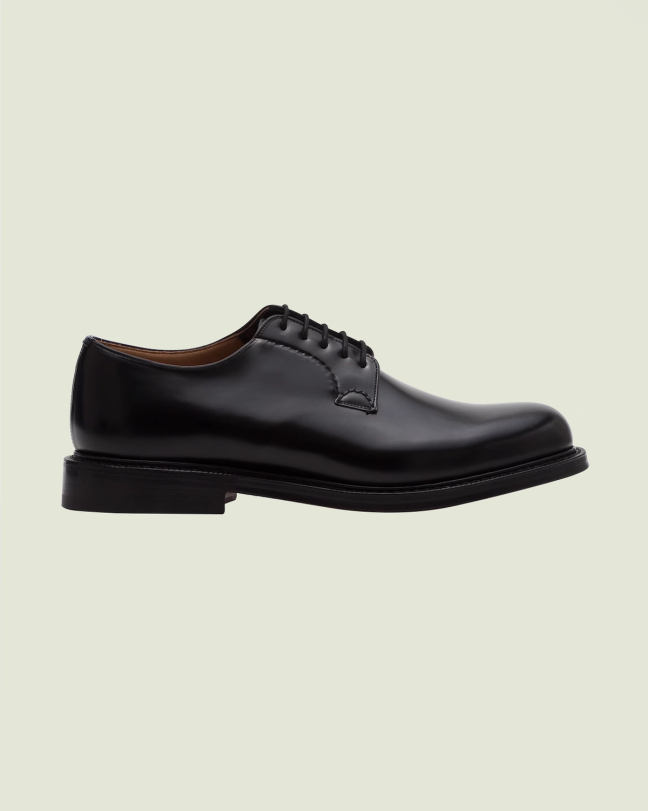
But Goodyear Welted soles don't just last forever, they also equal unrivalled comfort. The addition of the welt creates a small cavity underneath the insoles, which is filled with granulated cork. This not only keeps the shoes solid in construction, but will cushion your stride and mould to your feet over time, meaning comfort that works with your foot.
Shoes are meant to last and while brands like Cheaney and Church's continue to use Goodyear Welted soles, you will be able to get your feet into proper footwear with longevity. Because who wants to be wearing cheap, disposable purchases anyway?

Become a Gentleman’s Journal Member?
Like the Gentleman’s Journal? Why not join the Clubhouse, a special kind of private club where members receive offers and experiences from hand-picked, premium brands. You will also receive invites to exclusive events, the quarterly print magazine delivered directly to your door and your own membership card.


